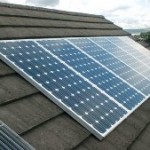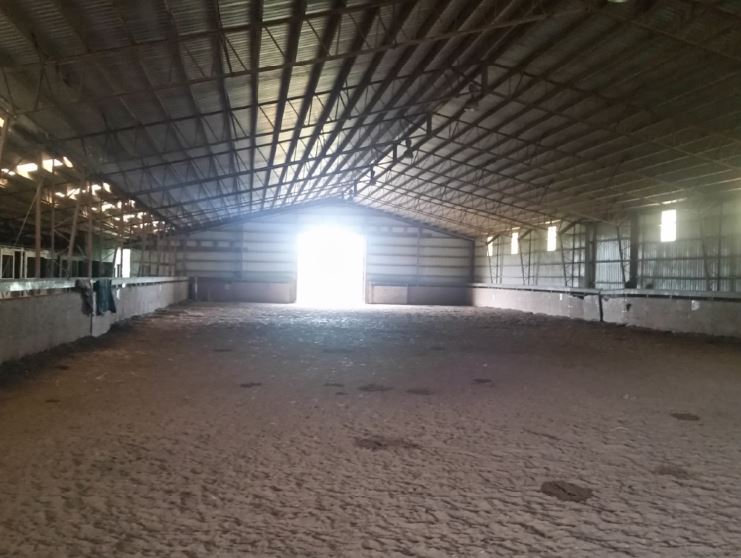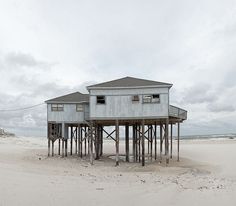My first article regarding thin-film solar panels was penned seven years ago: https://www.hansenpolebuildings.com/2012/02/solar-panels-2/
Reade SHEREE in MAKANDA writes:
“I have an existing metal sided and roofed pole barn that is >30 years old but still in good shape. I have been entertaining the idea of trying to incorporate solar panels onto the roof, but worry about the load on an older clear span design. Then I read about the integrated thin solar sheets and wonder if this can be incorporated as a retrofit on an existing building. Can you give me an idea if this is even a possibility?”
Possible and practical do not always provide similar answers. I am one of those who tends to leap onto new technology fairly quickly and I have yet to be able to run numbers to confirm solar energy return in savings is worth my investment.
Solar panel technology is rapidly advancing every year, and new developments like flexible solar panels are constantly being released and improved upon.
 A standard monocrystalline or polycrystalline solar panel is made up of silicon wafers. They are typically up to 200 micrometers thick, slightly thicker than a human hair. In order to make a “flexible” solar panel, those silicon wafers must be sliced down to just a few micrometers wide. Using these ultra-thin silicon wafers gives solar panels many unique properties, including flexibility for some models.
A standard monocrystalline or polycrystalline solar panel is made up of silicon wafers. They are typically up to 200 micrometers thick, slightly thicker than a human hair. In order to make a “flexible” solar panel, those silicon wafers must be sliced down to just a few micrometers wide. Using these ultra-thin silicon wafers gives solar panels many unique properties, including flexibility for some models.
Flexible solar panels made of ultra-thin silicon cells have been around for a while. More recently, research at Massachusetts Institute of Technology has given way to advances in organic solar cells. Instead of using silicon as a basis for solar cells, researchers have found a way to use organic materials with electrodes of graphene. Until now, a limiting factor on panel flexibility has been typical electrode brittleness, but due to graphene’s transparent and flexible nature, this method may lead to thinner, more flexible, and more stable solar panels in the future than what we can currently make.
Current flexible solar panels available to post frame building owners fall under the category of “thin film panels.” A thin film solar panel is made with layers over 300 times smaller than standard silicon solar panels, giving them a much thinner profile and can even make some thin film panels flexible. Thin film panels are lightweight and durable, and can be an intriguing option depending on a solar project’s needs.
There are very few (if any) solar installers who offer flexible panels as part of a rooftop or ground-mounted system.
Biggest advantage of flexible panels is their ability to fit many types of solar projects. If your roof can’t bear heavier loads of traditional solar panels due to structural concerns, lightweight flexible panels like thin-film may be a great solution, not compromising your post frame building’s structural integrity. Because flexible panels can be shaped to fit surfaces they are installed on, they can be easily installed on less conventional structures like your pole barn.
Financially, flexible panels will likely reduce installation costs of your solar array. Flexible/thin film panels require less labor to install, and they are much more portable and easy to handle than typical panels, as they can be bulky and heavy and require heavy-duty roof mounting systems.
Most common obstacle for thin film or flexible solar panels is their lower efficiency than classic panels. Today, efficiency ratings for average monocrystalline or polycrystalline panels hover between 16 and 20 percent. Thin film solar panels typically offer an efficiency of between seven and 13 percent. This lowered efficiency means you will need more solar panels to produce the same energy amounts. Flexible solar panels aren’t a good fit for many rooftop solar projects, because there may not be enough roof space to produce your desired amount of energy.










I went solar but decided not to use my roof. Could not get past the part about the average post-construction contractor not giving a fig about causing you construction problems. My metal roof already had enough screw holes in it to worry me. I just could not bring myself to allow more holes to be punched through it. My roof faced east and west anyway. Later, when I figured out I would have to clear snow from my ground-mounted solar array with a long-handled squeegee, I was really happy I had not placed the panels on my 4/12 pitched roof. The ground mount facing true south needed 11 less panels than the estimate for the roof. Also, think about how to use the shade from a ground array to your benefit. Carport?